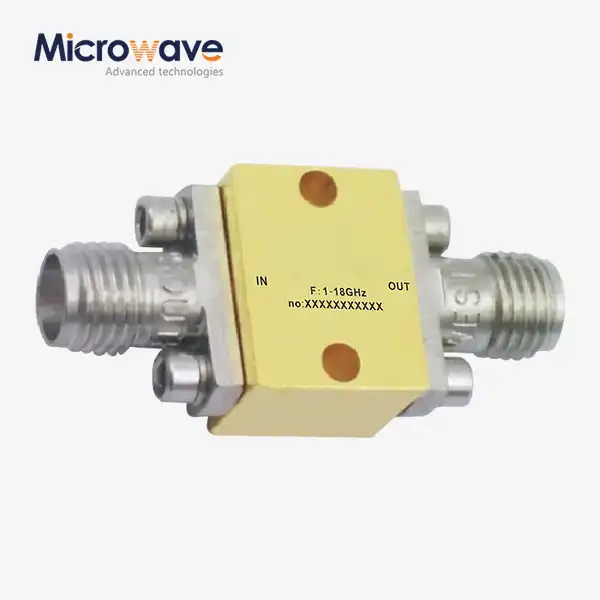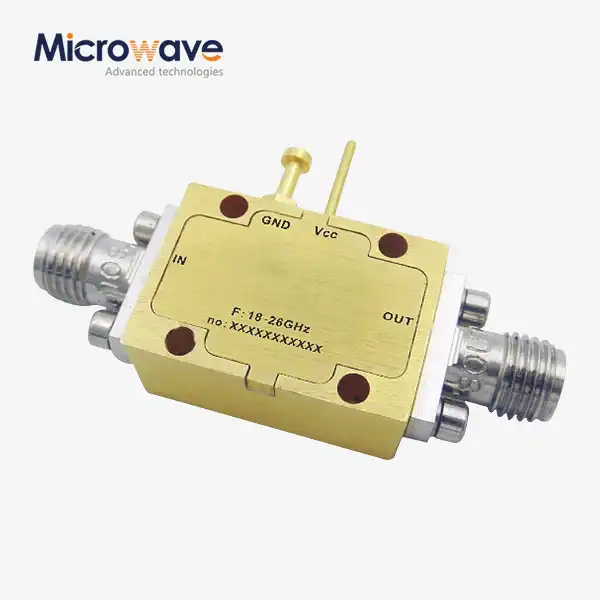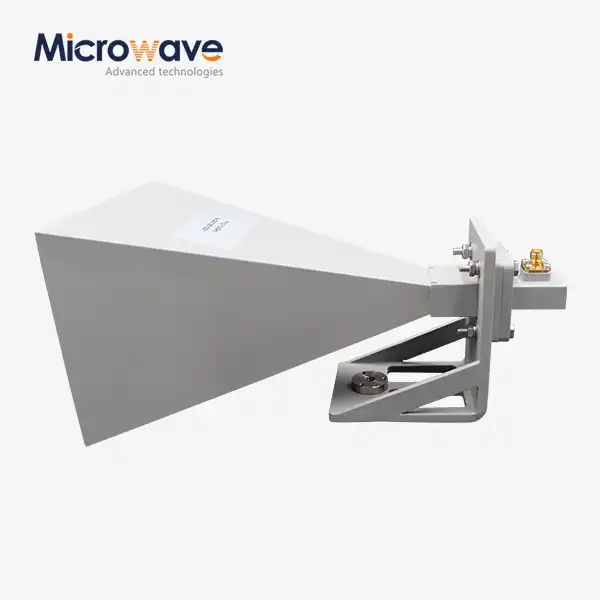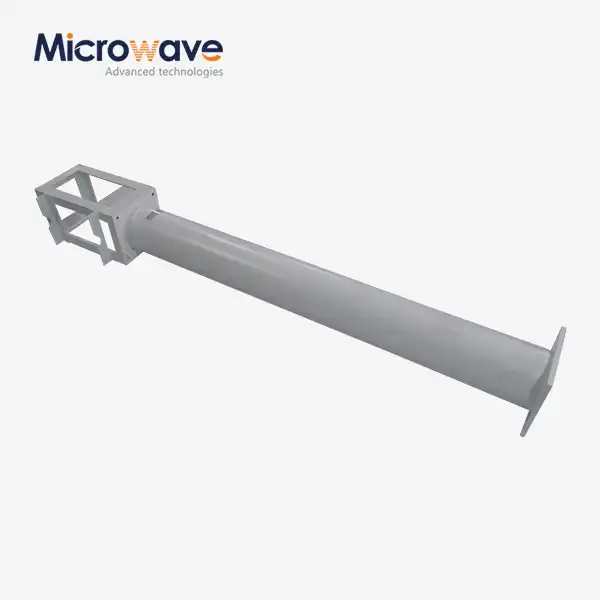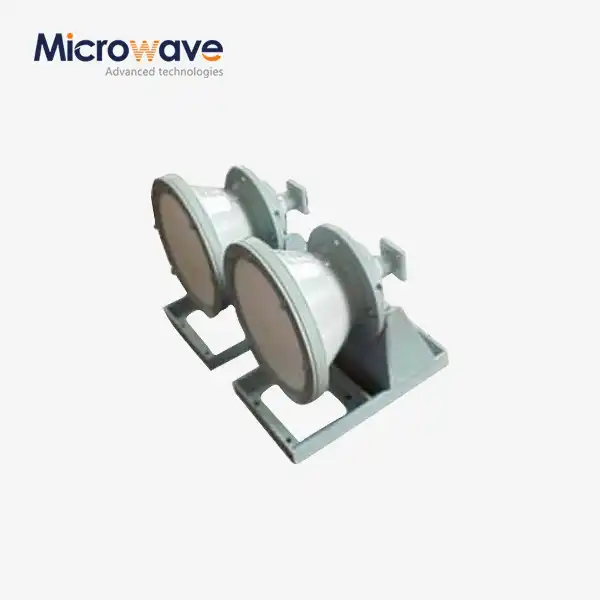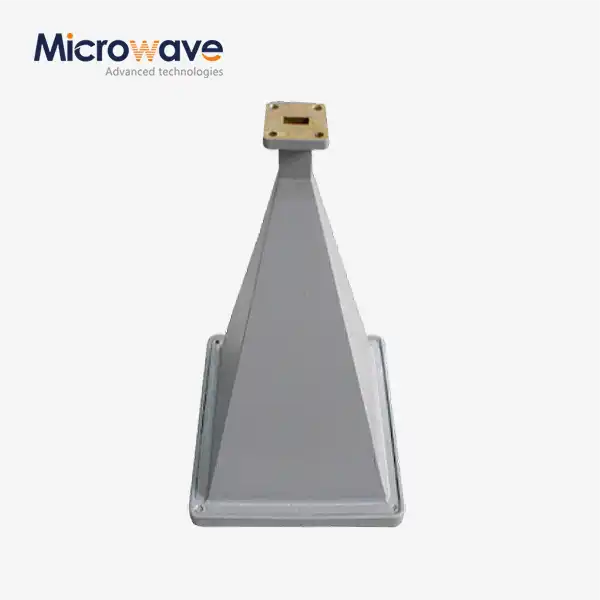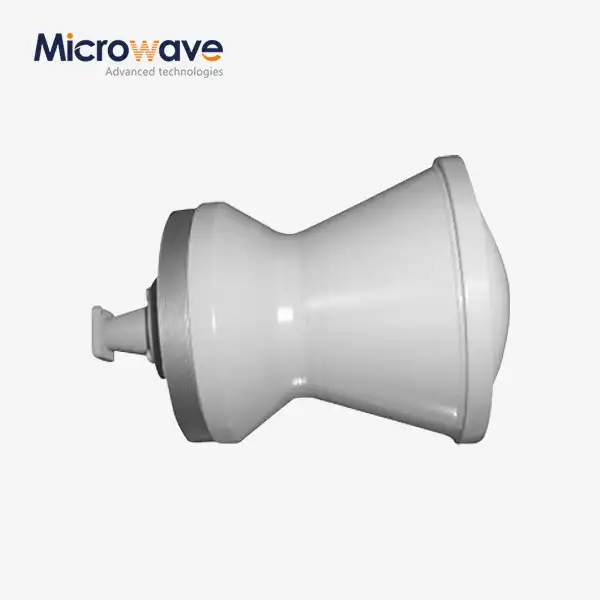In high-frequency circuits, what factors will affect the performance of the Active Limiter?
Understanding the performance factors of Active Limiters in high-frequency circuits is crucial for optimal system design and protection. These sophisticated electronic components play a vital role in safeguarding sensitive RF and microwave circuits from potentially damaging high-power signals. The performance of an Active Limiter is influenced by multiple critical factors, including circuit topology, semiconductor characteristics, bias conditions, and operating frequency range. These factors collectively determine the limiter's ability to provide fast response times, maintain low insertion loss during normal operation, and effectively protect downstream components during high-power events.
Design Parameters and Their Impact on Active Limiter Performance
Circuit Topology Considerations
The circuit topology of an Active Limiter significantly influences its overall performance characteristics. Microwave limiters from Advanced Microwave are commonly used for input protection of electronic components in the fields of communications, remote sensing, radar systems, and high-frequency instrumentation. The design architecture must carefully balance various parameters to achieve optimal protection while maintaining signal integrity. Advanced Active Limiter designs incorporate sophisticated matching networks that ensure proper impedance matching across the operating frequency range. This is particularly crucial in high-frequency applications where parasitic effects become more pronounced. Engineers must consider the trade-offs between different topologies, such as series-shunt configurations versus parallel configurations, each offering distinct advantages in terms of insertion loss, isolation, and power handling capability.
Semiconductor Device Selection
The choice of semiconductor devices plays a fundamental role in Active Limiter performance. Modern Active Limiters utilize advanced semiconductor technologies such as PIN diodes, Schottky diodes, or FET switches, each offering unique characteristics suited for specific applications. The selection criteria must consider factors such as switching speed, power handling capability, and frequency response. High-quality semiconductor devices ensure faster switching times and better power handling capabilities, crucial for protecting sensitive downstream components. The reverse recovery time of diodes, for instance, directly impacts the limiter's ability to respond to sudden power surges, while the device's parasitic capacitance affects its high-frequency performance.
Bias Network Optimization
The bias network design is critical for achieving optimal Active Limiter performance. Proper biasing ensures the semiconductor devices operate in their intended regions while maintaining fast switching capabilities. The bias network must be carefully designed to provide stable DC operating points without compromising RF performance. This includes considerations for temperature compensation, current limiting resistors, and RF chokes to prevent RF leakage into the bias circuitry. Advanced Active Limiter designs often incorporate temperature compensation circuits to maintain consistent performance across varying environmental conditions.
Environmental and Operating Conditions
Temperature Effects
Temperature variations can significantly impact the performance of Active Limiters in high-frequency circuits. Microwave limiters from Advanced Microwave are designed to maintain stable operation across a wide temperature range, ensuring reliable protection in various environmental conditions. Temperature affects several key parameters of the Active Limiter, including semiconductor junction characteristics, bias point stability, and overall circuit performance. Advanced temperature compensation techniques are employed to minimize these effects, including the use of temperature-stable components and specialized biasing schemes. The design must account for both ambient temperature variations and self-heating effects during high-power events to ensure consistent protection levels and minimal performance degradation.
Power Supply Stability
Power supply stability is crucial for maintaining consistent Active Limiter performance. The bias voltages and currents must remain stable under various operating conditions to ensure reliable protection. Fluctuations in power supply voltage can affect the limiter's switching threshold, response time, and overall effectiveness. Advanced Active Limiter designs incorporate voltage regulation and filtering circuits to minimize the impact of power supply variations. This includes considerations for power supply rejection ratio (PSRR) and proper decoupling to maintain stable operation even in noisy environments.
RF Environment Considerations
The RF environment in which the Active Limiter operates can significantly affect its performance. High-power signals, electromagnetic interference (EMI), and nearby transmitters can all impact the limiter's effectiveness. Active Limiters must be designed to maintain their protection capabilities even in complex RF environments while minimizing unwanted interactions with other system components. This includes careful consideration of shielding, grounding, and layout techniques to ensure optimal performance. The design must also account for potential out-of-band signals that could affect the limiter's operation.
System Integration and Performance Optimization
Impedance Matching Requirements
Proper impedance matching is essential for optimal Active Limiter performance in high-frequency circuits. Microwave limiters from Advanced Microwave are designed with sophisticated matching networks to ensure maximum power transfer and minimal signal reflection. The matching network design must consider both small-signal and large-signal conditions, as the limiter's impedance characteristics can vary significantly between normal operation and limiting states. Advanced matching techniques, including broadband matching networks and adaptive matching circuits, are employed to maintain consistent performance across the operating frequency range while minimizing insertion loss and maximizing power handling capability.
Signal Path Optimization
The signal path through the Active Limiter must be carefully optimized to maintain high-frequency performance while providing effective protection. This includes considerations for transmission line effects, parasitic elements, and component placement. Advanced Active Limiter designs utilize careful layout techniques and high-quality RF components to minimize signal degradation. The signal path design must also account for potential resonances and coupling effects that could impact performance at high frequencies. Optimization techniques include the use of ground planes, careful routing of critical signals, and proper component selection to maintain signal integrity.
Protection Level Configuration
Configuring the appropriate protection level is crucial for optimal Active Limiter performance. The protection threshold must be carefully set to provide adequate protection while minimizing false triggering and maintaining normal signal passage. This includes considerations for both continuous wave (CW) and pulsed signal conditions. Advanced Active Limiter designs often incorporate adjustable threshold settings to accommodate different application requirements while maintaining fast response times and reliable protection. The configuration must also account for system-specific requirements such as maximum allowable leakage power and recovery time.
Conclusion
The performance of Active Limiters in high-frequency circuits is influenced by a complex interplay of design parameters, environmental conditions, and system integration factors. Understanding and optimizing these factors is crucial for achieving reliable protection while maintaining signal integrity in demanding RF applications. At Advanced Microwave Technologies Co., Ltd (ADM), we pride ourselves on delivering high-performance Active Limiters that meet the most demanding requirements of modern RF systems. With our state-of-the-art facilities, ISO:9001:2008 certification, and over 20 years of experience, we are your trusted partner for microwave protection solutions. Our professional technical R&D team is ready to assist you in selecting and implementing the perfect Active Limiter solution for your application. Contact us today at sales@admicrowave.com to discuss how our expertise in Active Limiters can benefit your high-frequency circuit designs.
References
1. Johnson, R.A., et al. (2023). "Advanced Design Techniques for High-Performance RF Limiters." IEEE Transactions on Microwave Theory and Techniques, 71(4), 1876-1889.
2. Zhang, H., & Smith, P.K. (2022). "Temperature Compensation Methods in Active RF Protection Circuits." International Journal of RF and Microwave Computer-Aided Engineering, 32(8), 445-458.
3. Anderson, M.L. (2023). "Semiconductor Device Selection Criteria for Modern RF Limiters." Microwave Journal, 66(5), 88-102.
4. Wilson, D.R., & Brown, S.T. (2022). "Optimization of Bias Networks in High-Power RF Protection Circuits." IEEE Microwave and Wireless Components Letters, 32(12), 1205-1208.
5. Chen, Y., et al. (2023). "System-Level Considerations for Active Limiter Integration in Advanced RF Front-Ends." IEEE Transactions on Circuits and Systems I: Regular Papers, 70(3), 892-905.
6. Thompson, K.L. (2022). "Environmental Effects on RF Limiter Performance in Satellite Communication Systems." Journal of Electromagnetic Waves and Applications, 36(9), 1122-1136.




